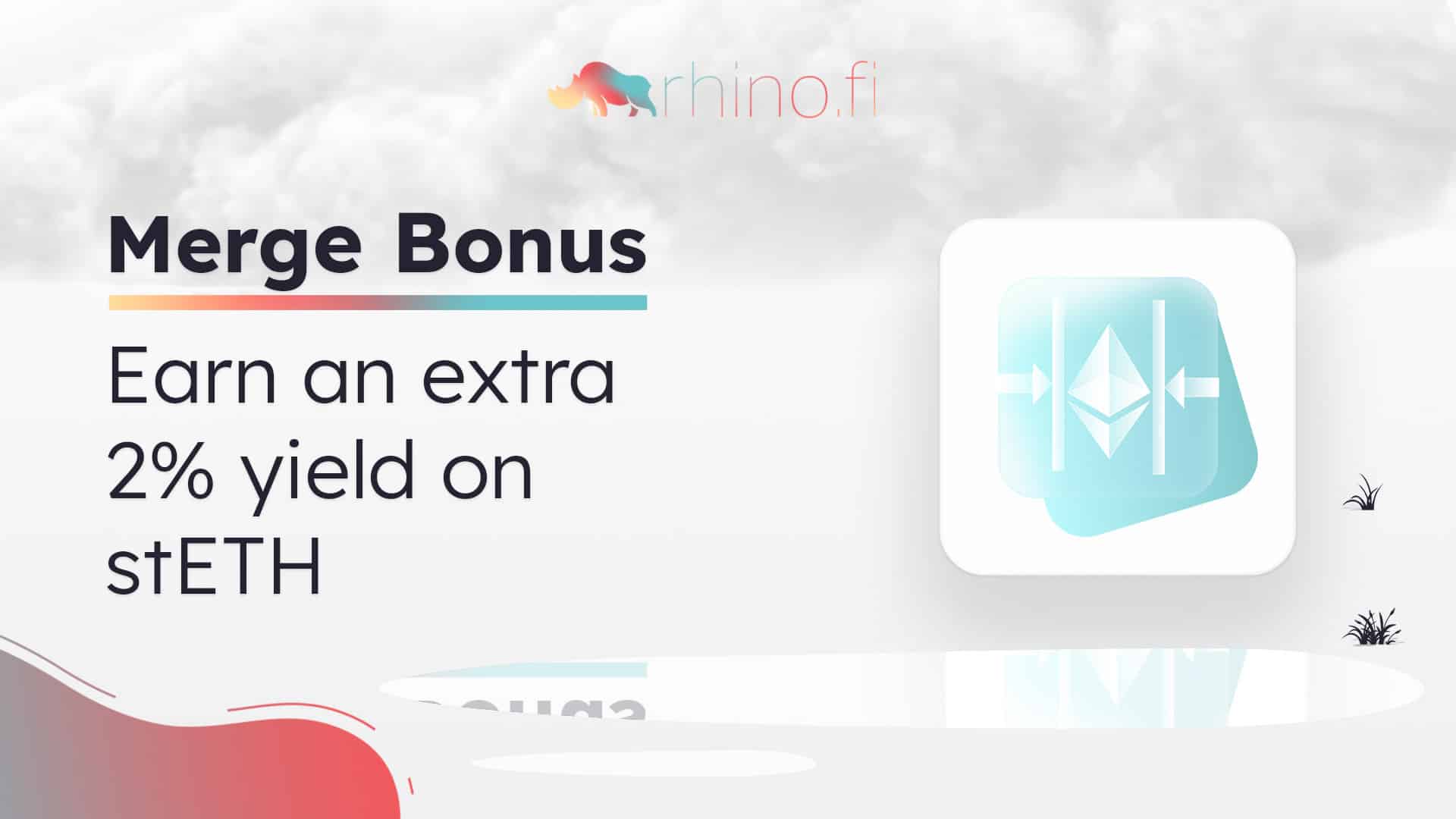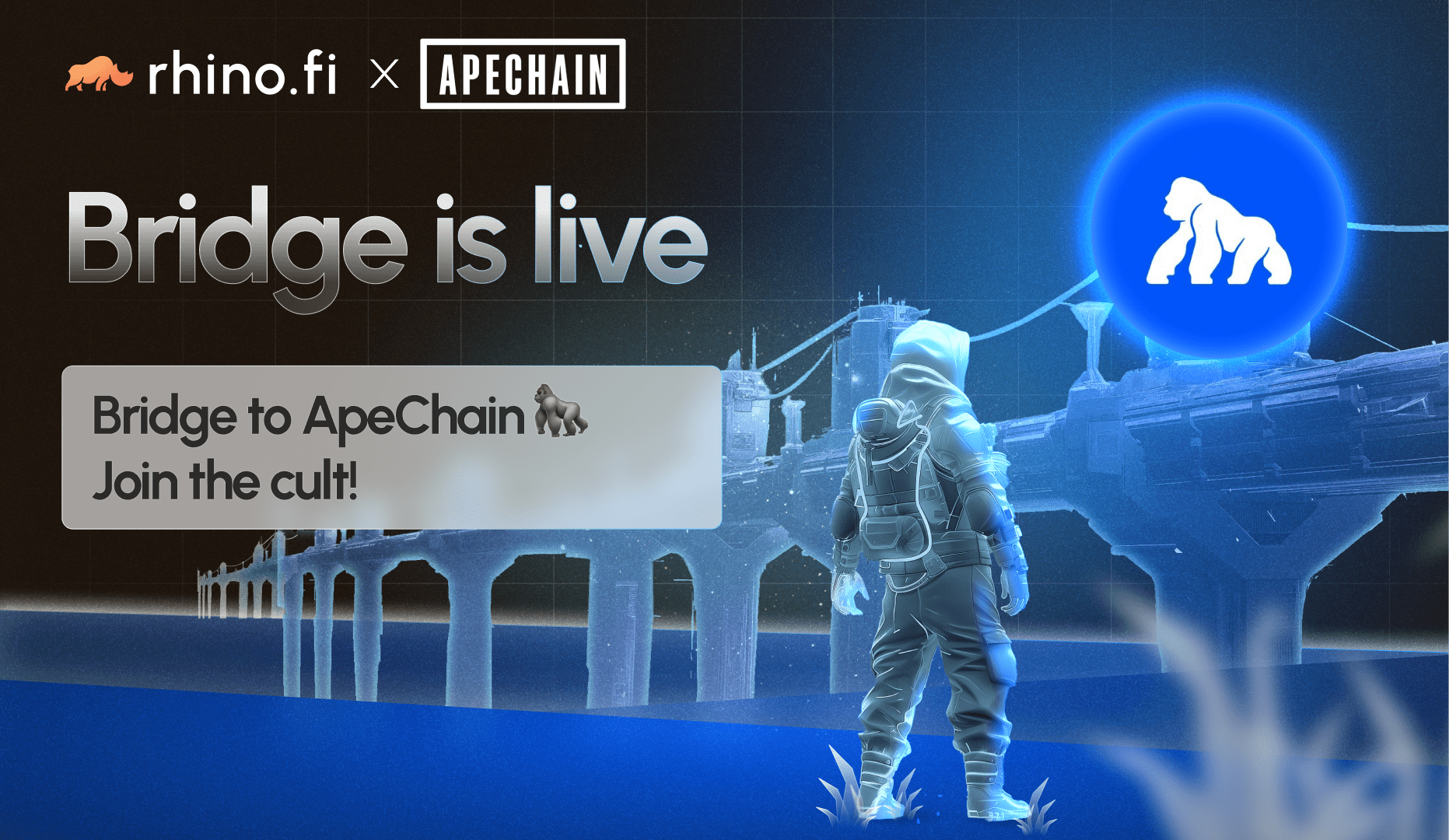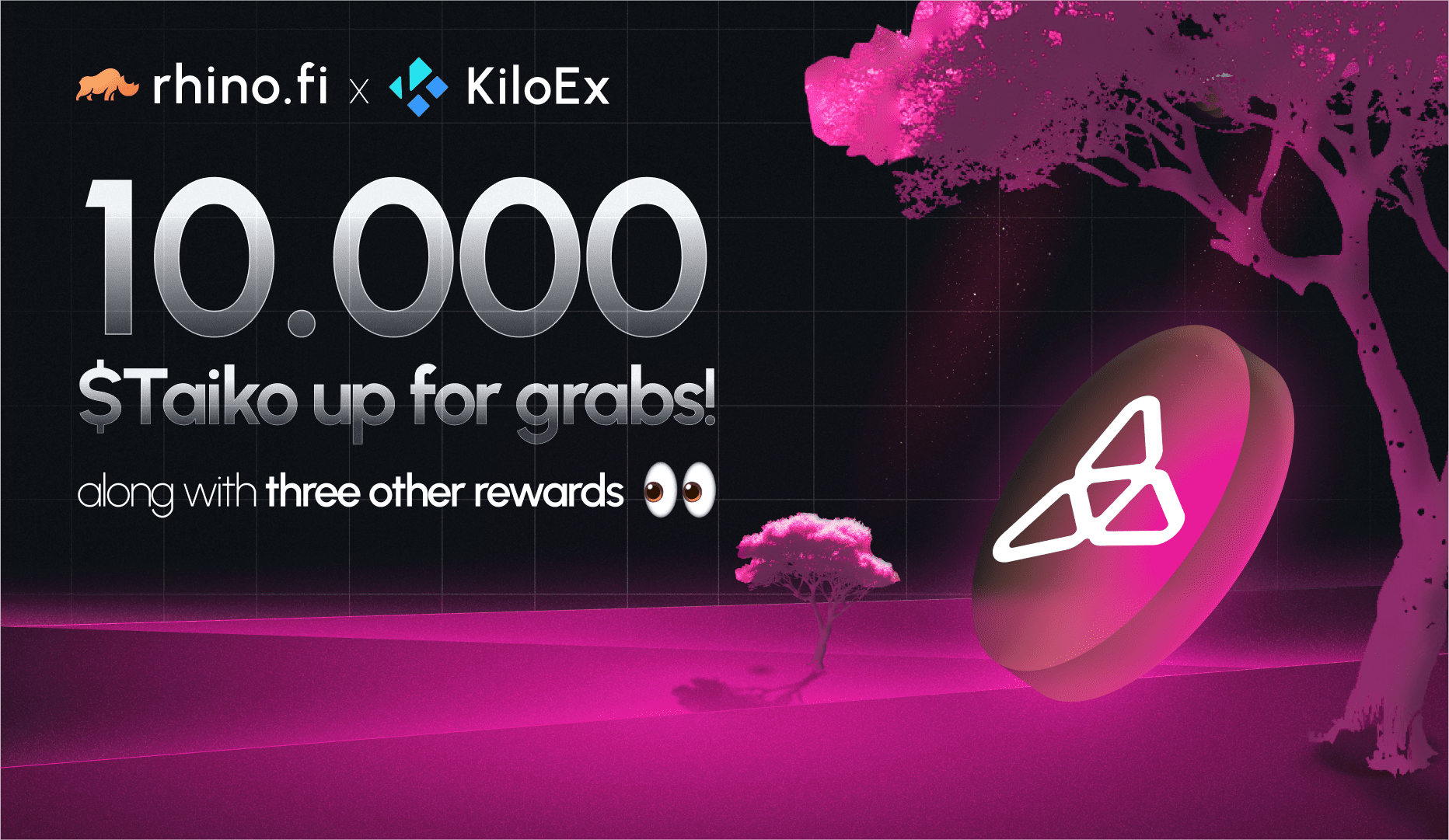The Merge is a crucial milestone on blockchain’s road to mass adoption. And, to celebrate, we’re offering a 2% bonus on the yield you earn by staking ETH on our platform.
The boost will apply to both new and existing stakers and if you’ve not yet staked any ETH, you’ve got until the 29th September to do so.
If you want to seize the opportunity right now, click here.
Our ETH staking programme, provided in tandem with Lido Finance, is particularly relevant in light of the Merge, which will transform the way Ethereum validates transactions.
Up to now, validators have had to prove their commitment to the project by committing energy, offering up their computers to solve complex mathematical calculations. But from now on, validators will have to commit capital, staking their ETH assets as a form of deposit to guarantee good practice.
This transition to Proof of Stake (PoS) validation will turn Ethereum into the world’s most environmentally friendly economic system, and allow for a dramatic reduction in the issuance of Ether, thereby turning ETH into a deflationary asset that appeals to both investors and retail users.
And our staking opportunity can make the whole PoS system more democratic.
To become an Ethereum validator under PoS, and earn the rewards, you’ll have to commit 32 ETH, worth over $50,000 at current prices. This means the opportunity is off-limits to all but a select group of individuals.
However, our opportunity allows anyone to earn validator rewards.
You can stake any amount you wish into Lido’s pools, and your contribution will go to support the work of existing validators. In return, you earn a share of the returns they accrue.
ETH staking yields are currently running at around 3.75%, and they are tipped to rise as high as 8% in due course.
But we think you deserve a bit more reward for supporting PoS at this crucial early stage.
So we’ve decided to give you an extra boost, which will be airdropped to your wallet in the form of LDO tokens and eligible to claim from October 6.
Here’s how we’ll calculate your reward:
- We’ll record the amount of ETH you’ve got staked each day, and the dollar value of that.
- We’ll take the average dollar value across the 14 days.
- We’ll calculate what 2% APY of that value would be over the course of 2 weeks, and give you an equivalent amount in LDO.
You can immediately stake your tokens in our LDO:ETH AMM liquidity pool — thereby earning a share of the pool’s trading fees and propelling your rewards even further.
And if you’re wondering why we’re so excited about the Merge, well… here goes.
rhino.fi was created to solve the scalability issues of the Ethereum blockchain.
Ethereum has struggled to cope with the demand of its users, leading to lengthy time lags and punishing gas fees when processing transactions. By taking these transactions onto layer 2, off-chain, we have provided a faster, more cost-efficient experience for users.
Now you’ve probably read that the Merge will make the layer 1 blockchain more efficient. Won’t this reduce demand for projects like rhino.fi?
Well no, actually.
The Merge won’t make Ethereum faster, or solve the gas fee issue. We’ll still have a crucial role to play in spreading the transaction load.
What the Merge will do, however, is boost overall activity on Ethereum and open a pathway to the next million users. By solving Ethereum’s much-criticised environmental issues, and making ETH more valuable as an asset, it will turn skeptics into stakeholders (literally).
This will naturally flow into increased demand for projects like rhino.fi. And when people reach us, we think they’ll love the experience: near-instant transactions, minimal fees and frictionless access to the new multi-chain ecosystem.
We believe that the entire Ethereum community will gain from the Merge. And our stETH opportunity demonstrates this commitment.
So, if you’ve not seized our staking opportunity yet, there’s never been a better time. When you stake your tokens, you won’t just earn extra rewards.
You’ll claim a slice of blockchain history.
Blockchain bridges (also known as cross-chain bridges) enable data and value to flow freely between blockchains, and thus play an integral role in the multi-chain universe. However they’ve received fierce criticism over the past few months, following a string of damaging hacks.
On August 2nd, just a few days before this article was written, hackers siphoned more than $190 million from Nomad, a bridge between Ethereum and Moonbeam. This latest hack means that DeFi bridge users have now lost almost $2bn in less than 12 months.
We don’t want to tell you whether or not to use certain bridges. But we do want to give you the facts so you can make your own informed choice.
In this special edition of RhinoLearn, we’re going to take a detailed look at the pros and cons of each type of bridge, along with a detailed explanation of how each actually works.
If you want to read a simpler explanation of how bridges work, check out our earlier explainer here.




